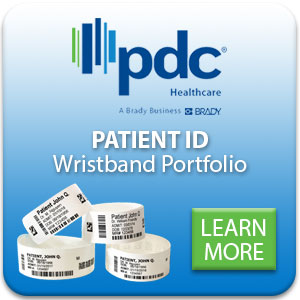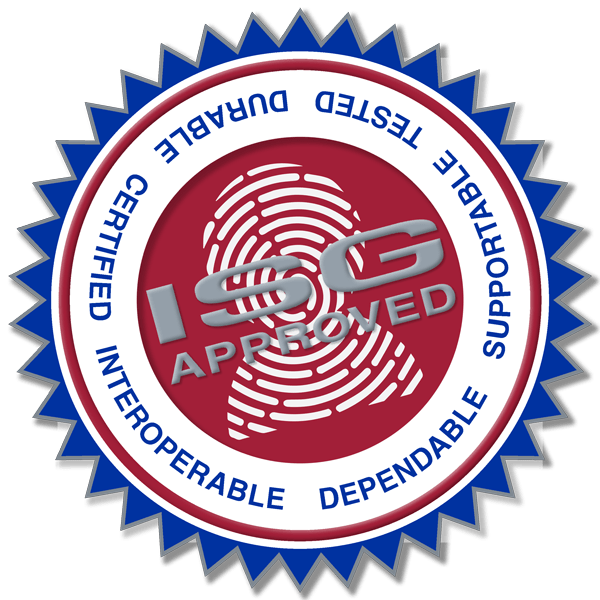According to a recent survey with customers, a majority of Ambulatory Surgery Centers are using a printed label adhered to a paper or plastic wristband as their method of identifying patients. While this method enables them to satisfy the Joint Commission’s Two Patient Identifiers requirement, there are other options that can improve patient safety and operational efficiency.
Let’s start with the Joint Commission’s requirement of two patient identifiers. The intent behind it is to “reliably identify the individual as the person for whom the service or treatment is intended and to match the service or treatment to that individual.”
Acceptable identifiers include:
- The individual’s name
- An assigned identification number (medical record number)
- Telephone number
- Date of birth
- Or other person-specific identifier
Patient ID wristbands in themselves are not the patient identifier; they’re simply the medium on which the identifiers are printed. When used, they must be attached to the patient to convey the required information at all times. They can’t just be placed near the patient or taped to their bed.
The ISG does not recommend hand-writing patient info onto wristbands, as it leaves room for human error. Below are three recommended patient ID wristband options to consider for your Ambulatory Surgery Center.
1. Shielded Patient ID Bands
PDC Shield Wristbands from the ISG feature a unique self-adhesive, anti-glare shield so they can be used with laser or thermal printed labels as inserts. Our shield wristbands protect patient data from fluid penetration and provide excellent first time bar code read rates. Shield wristbands are water-resistant, durable, and strong, yet lightweight and comfortable. Compatible with direct thermal labels with a 1 inch or a 3 inch core, or laser printed chart labels.
2. Laser Printed ID Bands
PDC Laser Wristbands from the ISG come on an 8.5 x 11 inch sheet, and are compatible with all laser printers. They’re easy-to-use, reliable, and durable, and they come in many formats and styles that will seamlessly integrate into your current printing and patient care workflow. Our most popular styles feature the wristband and labels on one sheet, which is more convenient and saves time.
3. Thermal Printed ID Bands
Thermal printing is highly efficient and less costly than laser, as the bands are less expensive and it eliminates the need for and cost of toner. Thermal printing allows for crisper, longer lasting print performance to ensure readability and barcode scanability. It also minimizes the waste of unused chart labels sometimes associated with laser printing. If you’re seeing higher volumes of patients per day, The ISG highly recommends considering thermal wristbands and printers in your facility.
Patient Wristband Solutions from the ISG
The ISG also highly recommends using printed barcodes to connect patients to their care. Barcodes on wristbands make it easy to verify a patient’s identity and ensure he or she is receiving the right medication. The barcode on a patient ID wristband is a safety device, ensuring the patient is being cared for appropriately.
Patient identity solutions from the ISG allow Ambulatory Surgery Centers to accurately match each patient to the correct medical record, specimens, medications and procedure at every stage of care with a single solution that includes wristbands, labels, and printers.
Contact us today for more information about our patient healthcare label and wristband solutions.


